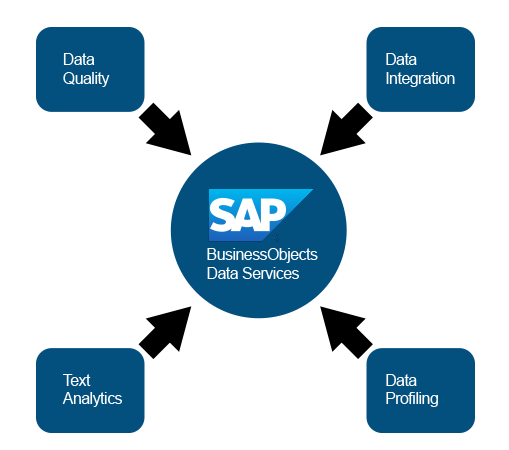SAP BODS ONLINE TRAINING

sap bods: The SAP Business Objects Data Services application can help by delivering a single enterprise-class solution for data integration, data quality, data profiling, and text analysis that allows you to integrate, transform, improve, and deliver trusted data that supports critical business processes and enables sound SAP BODS: SAP BUSINESS OBJECTS DATA SERVICES The SAP BusinessObjects solution portfolio delivers extreme insight through specialized end-user tools on a single, trusted business intelligence platform. This entire platform is supported by SAP BusinessObjects Data Services. On top of SAP BusinessObjects Data Services, the SAP BusinessObjects solution portfolio layers the most reliable, scalable, flexible, and manageable business intelligence (BI) platform which supports the indus...





Comments
Post a Comment